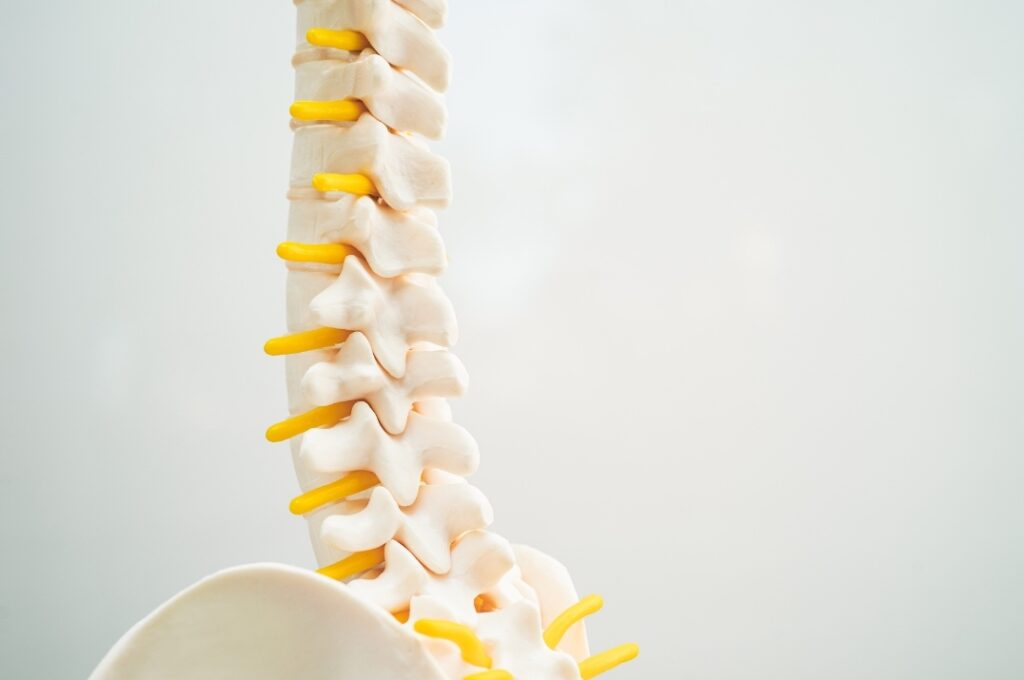Life After a Spinal Cord Injury
Story provided by Tricia Kuivinen, Director of External Affairs at LEAP
Cleveland native Scott Fedor never expected a simple summer swim at his in-law’s Michigan lake home to change his life. But almost immediately after he dove into the too-shallow water, he knew it would be a decision he would regret forever. A barking dog drew attention to his plight, bringing family members that saved him from drowning. However, his rescue was only the beginning of an arduous recovery that still presents him with a myriad of daily challenges.
“As I lay in the ICU after my accident, I knew I had a choice to live or die. I had already coded a few times and was on a ventilator. My doctor and family asked me if I wanted to be “let go” in the event of another code. But I realized I didn’t want to leave my family. I simply loved them too much and wasn’t ready to be separated from them. So, I told myself ‘don’t give up’. I chose to live.”
After a six-month stint at MetroHealth Hospital in Cleveland, Scott was moved to a nursing home. He stayed there an additional 14 months, learning to do everything over again as a quadriplegic, or person affected by paralysis of all four limbs. “It was an emotional and mental recovery even more than a physical one,” said Scott. “Every day I had to find the strength to push through, realizing I was not going to walk again. But I was determined to leave the nursing home and find a way to live in the community.”
The Recovery Process
Scott eventually recovered enough to live in an apartment with a variety of supports. “I remember the first night alone in my new apartment, lying in my bed and experiencing such a range of emotions. I was thankful to be out of the nursing home but couldn’t help thinking ‘Now what?’. I felt very sad, and knew I had to discover something deep inside myself that would help me to keep trying.”
According to Scott, he found his primary motivation by setting small goals related to personal independence. He tried to achieve them each day. As he mastered them, he set even more ambitious goals. These included resuming his career, and designing and building himself a unique home adapted to his needs; both of which he has accomplished. “Living with a spinal cord injury is like running a marathon with no finish line,” said Scott. “There’s still so much I enjoy, so much I want to do. I constantly strive to do more than I did the day before.”

Getting Back Up
Scott’s vision of recovery has expanded far beyond himself, leading him to start a foundation called Getting Back Up. “The idea for the foundation really grew out of my own experience of being denied physical therapy in the nursing home, due to insurance limitations. Physical therapy was a lifeline for me- it was mentally enjoyable as well as critical to my health, affecting such crucial factors as muscle strength and circulation. Getting Back Up provides grants for others with spinal cord injuries to continue their physical therapy when insurance will no longer pay.”
Scott is also writing a book about his experiences, using voice-activated software. “Many people think that someone who experiences a severe injury like mine doesn’t enjoy any quality of life. But I want others to look past the chair and see someone who still thinks of every day as an opportunity. I hope my story will inspire others to transcend their personal setbacks and find new ways to embrace life again.”
Scott currently serves as President of Getting Back Up and as a board member of Linking Employment, Abilities and Potential (LEAP). Visit Scott online: https://www.gettingbackup.org/, Facebook: @GBUSCI or Twitter: @GettingBackUp.

